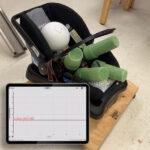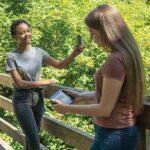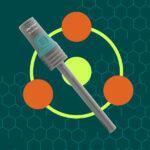
Sharing ideas and inspiration for engagement, inclusion, and excellence in STEM
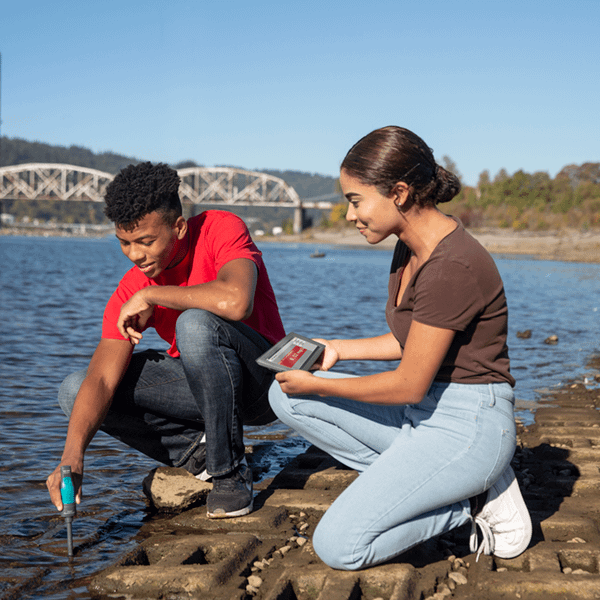
In biology, ecology, and environmental science classes, accurate measurement of dissolved oxygen (DO) levels in water is crucial for understanding aquatic ecosystem health. Collecting precise data is key, and sensors like the Vernier Optical DO Probe or Go Direct® Optical Dissolved Oxygen Probe are specifically designed for the task. However, it can be easy to gather inaccurate or misleading data if careful steps aren’t taken. This blog post shares some of our best practices for collecting precise DO data to ensure meaningful results with your students.
1. Choose the Best Method for Measuring Dissolved Oxygen
There are a few different methods for measuring dissolved oxygen that can produce reliable data, but some come with drawbacks. Using a fluorescence probe is the most precise, efficient, and low-maintenance method.
Chemical Method: Methods like Winkler titration or colorimetric kits are informative but require part of the water sample to be used, reducing sample volumes that may be limited. Additionally, the kits can create excess waste and may not be ideal for frequent testing.
Electrochemical Probes: These are more sustainable, precise, and generate less waste. However, they demand careful calibration and a 10-minute warm up time before each use. Additionally, the gas-permeable membrane at the tip of the sensor consumes oxygen during the reading—meaning you need to move the probe around continuously to collect accurate data.
Recommended→Fluorescence Probes: These probes are the latest advancement in DO technology. Fluorescence probes are a game-changer due to their efficiency, low maintenance requirements, minimal warm-up time, and built in temperature and pressure sensors. An excellent example is the Go Direct Optical Dissolved Oxygen Probe—waterproof, user-friendly, and ready to sample dissolved oxygen immediately without additional setup or the need to warm it up.
2. Capture Data at the Natural Water Source
To get the most accurate DO levels, take readings directly in the natural water source. Whether you and your students are studying streams, ponds, or rivers—on-site readings capture the real-time DO levels of the aquatic environment. This approach is ideal because dissolved oxygen levels are highly sensitive to changes in temperature and pressure. Collecting measurements in the natural water source prevents any significant environmental changes from influencing your data.
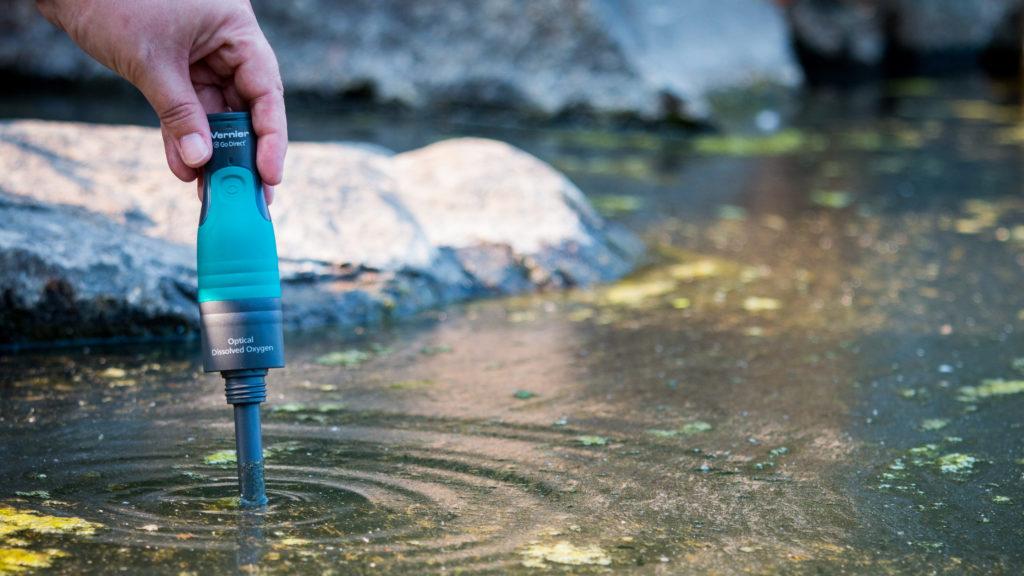
3. Collect Water Samples in Airtight Containers
If on-site measurement isn’t possible, be sure that your water sample container is airtight to prevent oxygen exchange. When you collect your sample, fully submerge the container in the water and seal it underwater to avoid trapping air bubbles. Any air introduced during sample collection or while in transit can distort the accuracy of your oxygen readings.
When you transport your water samples from the field to your lab, it’s important to keep them chilled. This is to slow down bacterial activity and decomposition, which can alter DO levels.
4. Allow Time for Your Data to Reach Equilibrium
Expect some variability in your readings—it’s normal. Electronic devices can introduce some noise, and water conditions themselves can be variable. It’s crucial to allow enough time for your probe or measurement equipment to reach equilibrium with the water sample. This is especially important when there’s a significant temperature difference between your probe and the water. The greater this difference, the longer you’ll need to wait for equilibrium. Patience is essential, and waiting a few minutes for the readings to stabilize, particularly in extreme temperatures, ensures accuracy.
Want to Learn More?
For more in-depth information on collecting dissolved oxygen data, revisit our webinar: The Fundamentals of Measuring Dissolved Oxygen. In this recording, Vernier Biology and Environmental Science expert Colleen McDaniel delves into sample collecting techniques, experimental protocols, and sensor troubleshooting tips.
Do you have questions about using your dissolved oxygen sensors? We’re here to help! Contact us at biology@vernier.com or 888-837-6437.
Share this Article

Sign up for our newsletter
Stay in the loop! Beyond Measure delivers monthly updates on the latest news, ideas, and STEM resources from Vernier.

